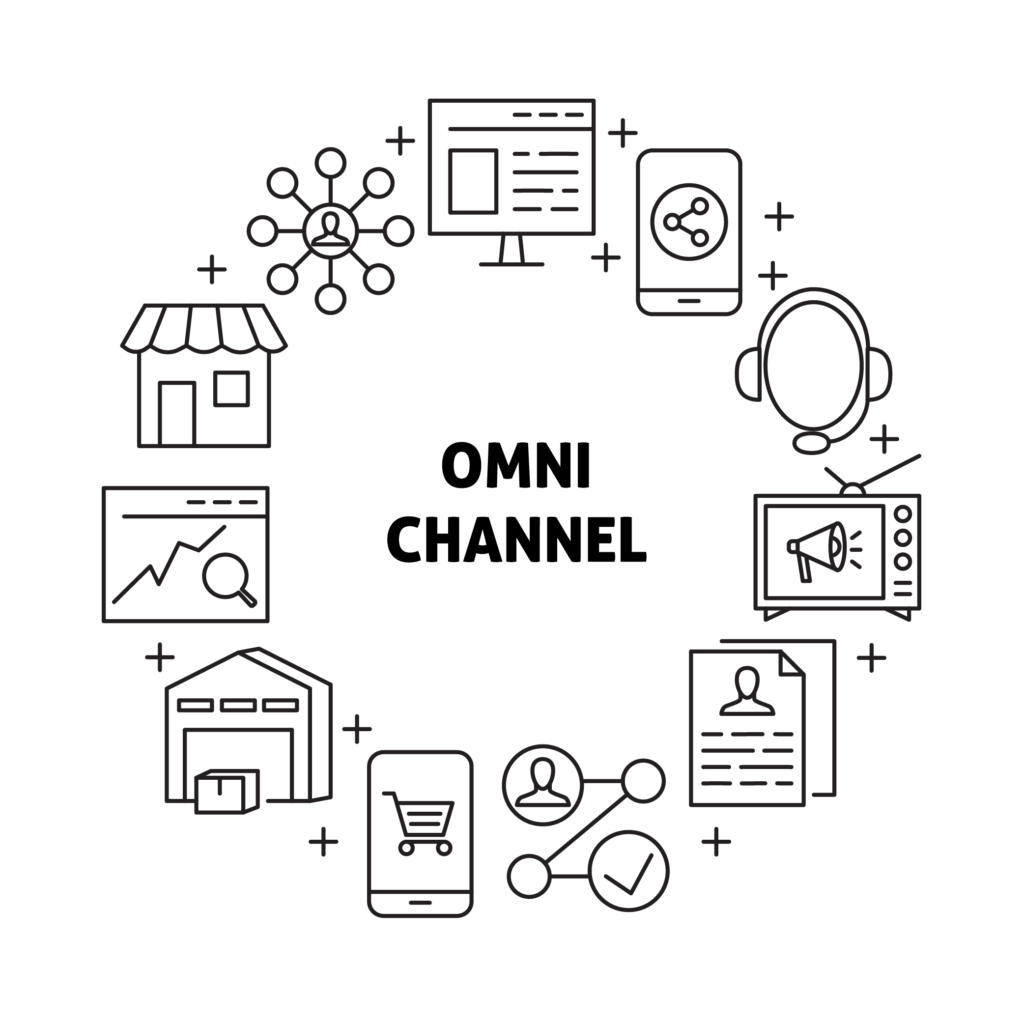Dope Soul Entertainment employs a comprehensive omni-channel marketing strategy to enhance its brand presence and engage with its audience across various platforms seamlessly. By leveraging a combination of online and offline channels, including social media, email marketing, events, and traditional advertising, Dope Soul ensures a consistent and cohesive brand experience for its audience. The company strategically integrates these channels to create a unified and immersive journey for its customers, fostering stronger connections and driving brand loyalty. This omni-channel approach allows Dope Soul Entertainment to reach its audience wherever they are, providing a holistic and personalized experience that aligns with modern consumer expectations.

Search Engine Optimization (SEO) Strategies
We implement robust search engine optimization (SEO) strategies to elevate its online visibility and drive organic traffic. The company employs meticulous keyword research to optimize its website content, ensuring alignment with industry trends and user search queries. Dope Soul leverages on-page SEO techniques, including meta tags, header optimization, and strategic keyword placement, to enhance its website’s search engine rankings. Additionally, the implementation of high-quality, shareable content contributes to building authoritative backlinks, further boosting the site’s credibility in search engine algorithms. Dope Soul Entertainment stays abreast of search engine algorithm updates, adapting its SEO approach to maintain a competitive edge in the digital landscape. Through these comprehensive SEO efforts, Dope Soul maximizes its online presence, ensuring that its content is easily discoverable by its target audience.

Social Media – Organic and Paid Advertising
We strategically combine organic and paid social media strategies to amplify its online presence and engage with a diverse audience. On the organic front, the company curates compelling and shareable content that resonates with its target demographic, fostering authentic connections and encouraging user-generated interactions. Through regular posting, community engagement, and leveraging popular hashtags, Dope Soul ensures a consistent and genuine presence across various social platforms. In parallel, the company employs paid social media campaigns to extend its reach and target specific audience segments. This involves leveraging platforms like Facebook, Instagram, and Twitter to run targeted ads, utilizing demographic and interest-based targeting. By harmonizing organic and paid efforts, Dope Soul Entertainment achieves a balanced social media strategy that not only builds a loyal community but also reaches new audiences effectively in the competitive digital landscape.

Influencer Marketing
Our dynamic influencer marketing strategy to broaden its reach and enhance brand credibility. By collaborating with influencers whose values align with the brand, Dope Soul ensures authentic endorsements that resonate with the target audience. The company strategically identifies influencers across various platforms, ranging from Instagram and TikTok to YouTube, tailoring campaigns to suit the unique strengths of each influencer. Leveraging the influencers’ engaged followers, Dope Soul effectively taps into new audiences and cultivates a sense of trust. The collaboration extends beyond one-time promotions, often involving influencers in ongoing partnerships to maintain a sustained brand presence. Through this strategic influencer marketing approach, Dope Soul Entertainment effectively leverages the power of social media personalities to amplify its brand messaging and foster genuine connections with consumers.
To Create A Cohesive Brand…
An effective omnichannel marketing strategy integrates various channels seamlessly to create a cohesive and unified brand experience. Here are the key components of an omnichannel marketing strategy:
- Customer-Centric Approach: Understand your target audience, their preferences, and behaviors to tailor the marketing strategy accordingly.
- Consistent Branding: Maintain a consistent brand identity across all channels, ensuring a unified visual and messaging approach.
- Multi-Channel Presence: Establish a presence across diverse channels such as social media, email, websites, mobile apps, physical stores, and more.
- Data Integration: Implement systems to collect and integrate customer data from different touchpoints to create a holistic view of customer interactions.
- Personalization: Leverage customer data to personalize content and experiences, providing relevant and tailored messaging.
- Cross-Channel Campaigns: Develop marketing campaigns that seamlessly transition across channels, creating a unified narrative.
- Mobile Optimization: Optimize content and experiences for mobile devices to cater to the growing number of users accessing information through smartphones and tablets.
- Analytics and Attribution: Use analytics tools to track and analyze customer interactions across channels, attributing conversions accurately.
- Responsive Customer Service: Provide consistent and responsive customer service across all channels, addressing inquiries and issues promptly.
- User Journey Mapping: Understand and map the customer journey across different touchpoints, identifying opportunities for improvement and optimization.
- Technology Integration: Implement technology solutions that enable smooth communication and coordination between different channels and systems.
- Testing and Optimization: Continuously test and optimize marketing strategies based on performance metrics and customer feedback.
- Social Media Integration: Seamlessly integrate social media into the overall strategy, utilizing platforms for engagement, advertising, and influencer collaborations.
- E-commerce Integration: If applicable, integrate e-commerce platforms with other channels, ensuring a unified shopping experience for customers.
- Offline and Online Integration: Bridge the gap between online and offline channels, allowing customers to move between physical stores and digital platforms effortlessly.
